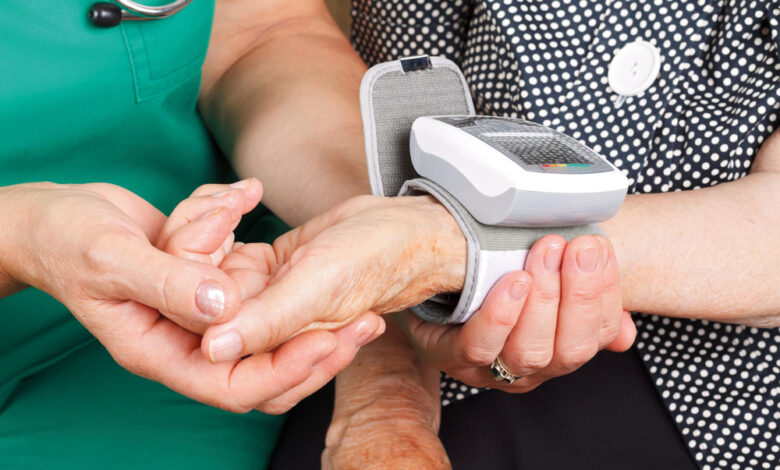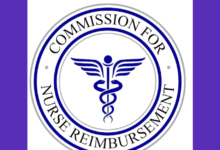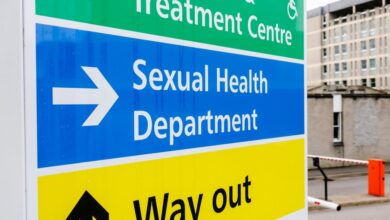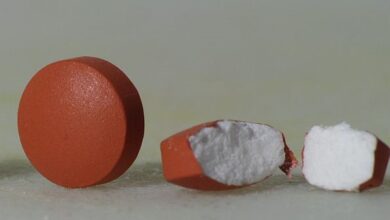NICE updates sepsis guideline to better ‘target’ use of antibiotics

National guidance on the early diagnosis and treatment of sepsis patients has been updated with a focus on more targeted use of antibiotics for those at the highest risk.
The National Institute for Health and Care Excellence (NICE) has today published a new version of its recognition, diagnosis and early management guidelines for suspected sepsis patients.
“This useful and useable guidance will help ensure antibiotics are targeted to those at the greatest risk of severe sepsis”
Jonathan Benger
According to the update, clinicians should use the National Early Warning Score (NEWS2) to help assess suspected sepsis cases in patients aged over 16, are not and have not recently been pregnant, and are in an acute setting, acute mental health setting or ambulance.
Those identified using NEWS2 as being the most acutely ill with sepsis should be prioritised and given broad-spectrum antibiotics within an hour, according to the NICE guidelines.
NICE highlighted that using NEWS2 scores meant more patients would be identified as a lower risk than before and, therefore, less likely to require antibiotics.
Patients judged as lower risk should be given treatment within one to three hours, and the diagnosis clarified before any antibiotics were given, stated the institute.
When antibiotics were given, they should be targeted to the source of the infection where possible, the NICE guidance added.
The institute said the move to recommend better targeting of antibiotics for suspected sepsis would ensure the right people received treatment as soon as possible but the medicines were not overused.
Part of the guidance on identifying the source of infections, and also on involving surgical teams, has been updated as well.
As a result of the update, the guidance now covers the risk of sepsis in all parts of the body and more interventions. In total, more than 100 changes have been made to the guidelines.
NICE chief medical officer Professor Jonathan Benger said the updates to the sepsis treatment guidelines were “vital” and came alongside a series of other changes.
“This useful and useable guidance will help ensure antibiotics are targeted to those at the greatest risk of severe sepsis, so they get rapid and effective treatment,” he said.
“It also supports clinicians to make informed, balanced decisions when prescribing antibiotics,” noted Professor Benger.
“We know that sepsis can be difficult to diagnose, so it is vital there is clear guidance on the updated NEWS2 so it can be used to identify illness, ensure people receive the right treatment in the right clinical setting and save lives.”
According to the UK Sepsis Trust, in 2017 there were around 200,000 hospital admissions in England where sepsis was diagnosed.
The new guidance, NICE said, would balance ensuring the most seriously ill patients were treated with continuing antimicrobial stewardship, in order to prevent drugs becoming ineffectual.
UK Sepsis Trust founder and joint chief executive, Dr Ron Daniels, added: “We welcome that NICE have provided this important update to their national guidance.
“We particularly support that the update continues to recommend the identification of high-risk factors, whilst reinforcing the importance of clinical judgement to prevent injudicious use of antibiotics.”







